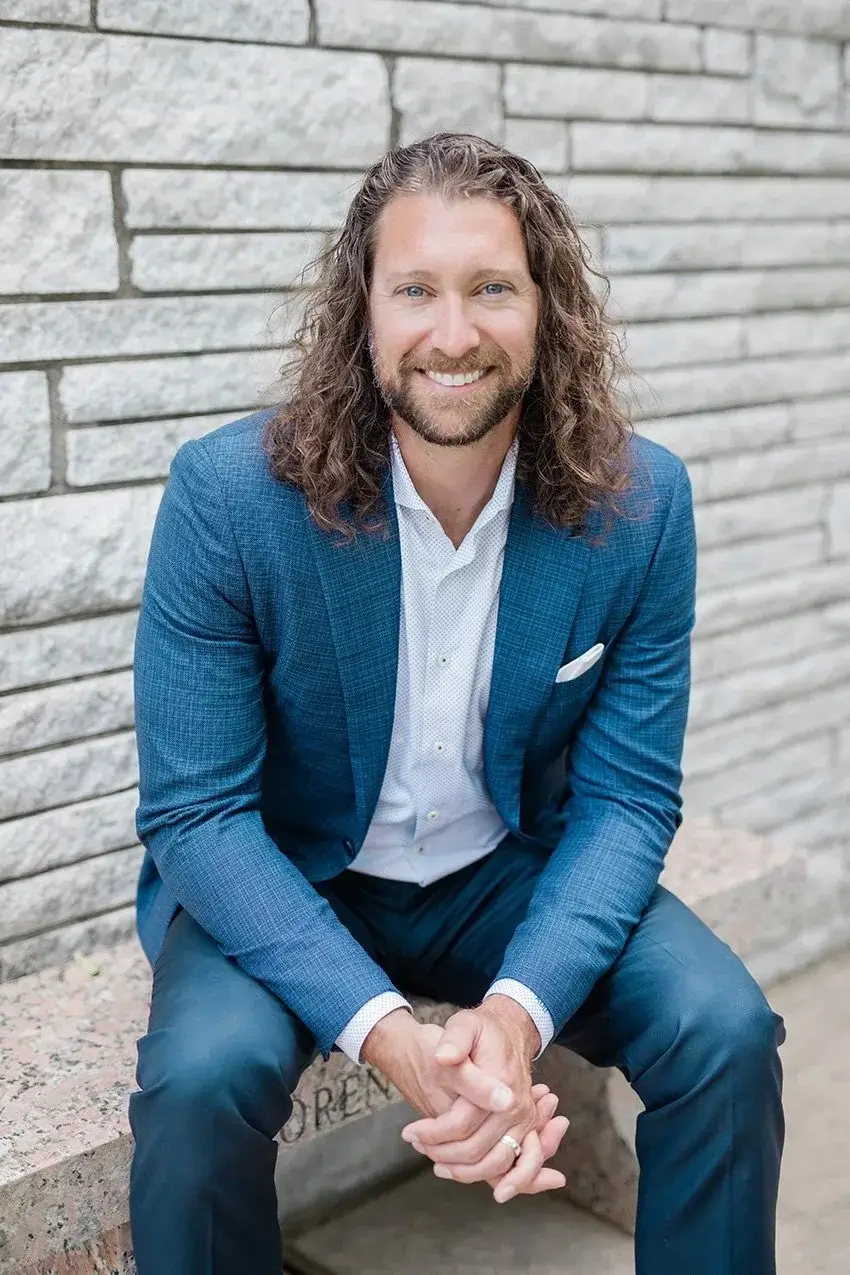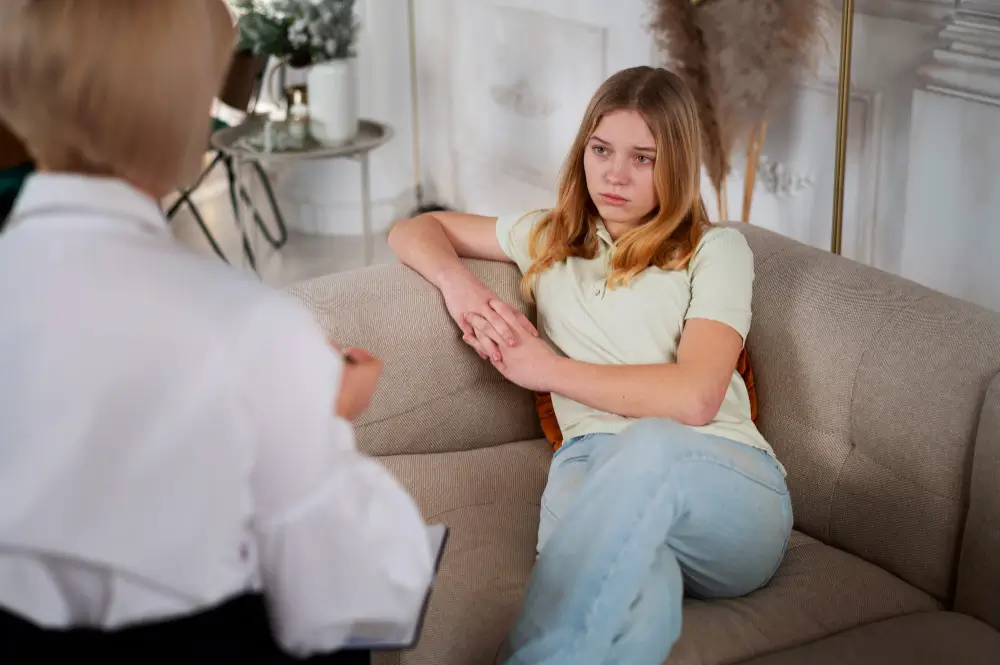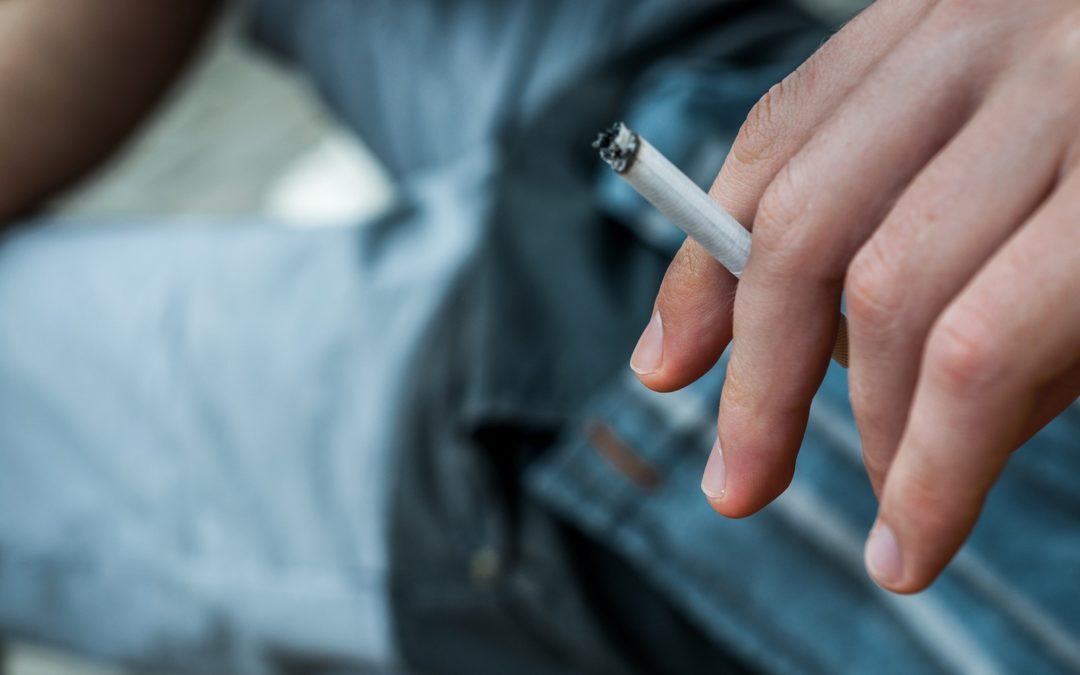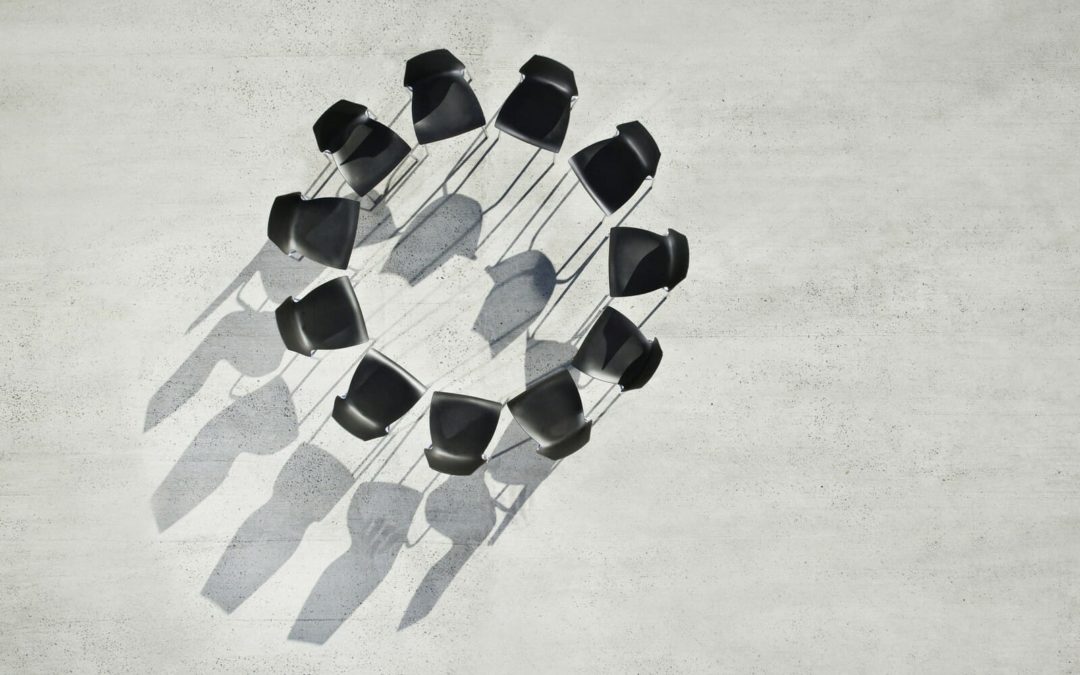The number of adolescents diagnosed with mental health disorders and addiction is increasing. Dual diagnosis treatment is an effective way to help teens address mental health issues and substance use disorders (SUD). This comprehensive guide will help you learn how to identify your teen’s symptoms, what treatments are available, and effective dual diagnosis programs.
The Symptoms of Dual Diagnosis in Teens
The symptoms of dual diagnosis in teens can vary depending on the type and severity. Some common signs include:
- Lack of motivation
- Mood swings
- Depression
- Loss of interest in activities
- Trouble concentrating
In addition to this list, other possible symptoms may present themselves, such as:
- Increased drug use
- Withdrawal from friends and family members
- An inability to maintain healthy relationships with those around them
- Self-harm behaviors such as cutting or scratching oneself
- Suicide attempts or suicidal ideation
- Your teen’s grades have been dropping off
- Their work performance has become erratic
Common Co-Occurring Mental Disorders
The prevalence of co-occurring mental disorders and SUD among teens is becoming problematic. Over 17 percent of young people have an emotional, mental, or behavioral disorder. The most commonly diagnosed conditions are substance abuse, followed closely by anxiety disorders and depressive disorders. The risk for co-occurring mental disorders increases significantly if an individual experiences trauma or neglect during childhood. The most common co-occurring mental illness with a SUD are:
- Bipolar Disorder: One of the most common mental disorders among adolescents is bipolar disorder. Bipolar disorder causes emotional highs and lows. Some may experience symptoms related to mania or hypomania, including increased energy levels.
- Depressive Disorders: Young people with depressive disorders may experience hopelessness, helplessness, worthlessness, and guilt. These feelings may lead to an obsession with self-harm. Depression makes it difficult for individuals to function.
- Anxiety Disorders: This condition is the most common mental disorder in children and adolescents. Symptoms of anxiety disorders can include panic attacks, fear of social rejection, and chronic worrying. Anxiety disorders commonly co-occur with other mental health issues like depression, substance use disorder, or eating disorders.
- Obsessive-Compulsive Disorder (OCD): OCD can cause teens to spend hours on activities that will bring them relief from their symptoms. However, it’s not as common as other anxiety disorders.
- Post Traumatic Stress Disorder (PTSD): PTSD develops after a person experiences a traumatic event, such as abuse, neglect, or witnessing violence. Symptoms of PTSD include anxiety and flashbacks.
Treating a Dual Diagnosis
Teenagers with mental health issues can improve their health by seeking a qualified professional who can provide treatment options. As with all mental health conditions, there is no one-size-fits-all approach. Treatment for dual diagnosis requires mental health treatment like counseling or therapy and substance use treatment like detoxification or addiction rehabilitation. Some common treatments include:
- Intensive Inpatient treatment: Treatment at residential facilities or psychiatric hospitals provides the best option for teens with serious mental and addiction disorders. It provides care that effectively addresses both disorders. In an intensive program, teens will live onsite at a facility that has 24-hour professional support. Teens also receive individualized therapy and medication as needed. Another benefit of intensive inpatient treatment is that it provides daily structure.
- Partial Hospitalization Program: PHP is the second highest level of care and often the recommended option for teens who exit residential treatment. This program provides teens with intensive all-day treatment and structure similar to inpatient residential, but allows them to go home in the evenings. During PHP teens will receive a combination of individual, group and family therapy as determined by their personalized treatment plan.
- Cognitive Behavioral Therapy (CBT): CBT helps teens recognize negative thoughts and emotions that may trigger a relapse. This type of therapy can help teens build their self-esteem, improve their moods and feelings of shame. When CBT combines with dual diagnosis treatment, the effects are more impactful. This kind of treatment gives teens the tools to make positive life changes.
- Dialectical Behavior Therapy: DBT is particularly effective for teens struggling with depression, anxiety, addiction, or borderline personality disorder. DBT focuses on teaching teens how to effectively recognize and manage their emotions to improve their behaviors.
- Eye Movement Desensitization and Reprocessing (EMDR): EMDR is a popular and effective therapy for treating trauma. EMDR helps alleviate symptoms of post-traumatic stress disorder, anxiety, and trauma. EMDR therapists guide the patient through bilateral stimulation using eye movements over some sessions. The treatment helps the teen process traumatic events and any trauma-related memories.
- Intensive Outpatient Programs (IOPs): IOPs are a treatment that aims to help teens with SUD and mental health disorders. They provide adolescents with the ability to have treatment in an outpatient setting while still pursuing other commitments. It allows adolescents to work with counselors, psychiatrists, therapists, and other specialists with more flexibility. It also includes group therapy as well as individual sessions. IOPs work in a way where your teen can practice or attend treatment on their time. IOPs generally do not last as long as residential treatment.
Co-occurring mental health and substance use disorders affect many teens across the US. Therefore, dual diagnosis treatment is vital. Dual diagnosis programs provide appropriate ways to treat teens’ co-occurring mental health and substance use disorders. At Clearfork Academy, we utilize a comprehensive approach that addresses the needs of teens with a dual diagnosis. Such programs allow teens to heal from their struggles. We accomplish this by designing a comprehensive treatment plan to help teens manage symptoms and develop healthy coping skills. Our treatment includes therapy, familial support, medication management, and intensive treatment at an inpatient psychiatric hospital or residential facility. While finding the right help for a dual diagnosis can be difficult, there is help for you and your teen. If your teen has been diagnosed with a co-occurring disorder, the time to get help is today. To learn more about our treatment programs, reach out to us today by calling (817) 259-2597.

Founder & CEO
Originally from the Saginaw, Eagle Mountain area, Austin Davis earned a Bachelor of Science in Pastoral Ministry from Lee University in Cleveland, TN and a Master of Arts in Counseling from The Church of God Theological Seminary. He then went on to become a Licensed Professional Counselor-Supervisor in the State of Texas.
Austin’s professional history includes both local church ministry and clinical counseling. At a young age, he began serving youth at the local church in various capacities which led to clinical training and education. Austin gained a vast knowledge of mental health disorders while working in state and public mental health hospitals. This is where he was exposed to almost every type of diagnosis and carries this experience into the daily treatment.
Austin’s longtime passion is Clearfork Academy, a christ-centered residential facility focused on mental health and substance abuse. He finds joy and fulfillment working with “difficult” clients that challenge his heart and clinical skill set. It is his hope and desire that each resident that passes through Clearfork Academy will be one step closer to their created design.
Austin’s greatest pleasures in life are being a husband to his wife, and a father to his growing children. He serves at his local church by playing guitar, speaking and helping with tech arts. Austin also enjoys being physically active, reading, woodworking, and music.




